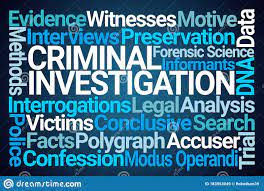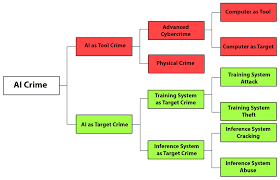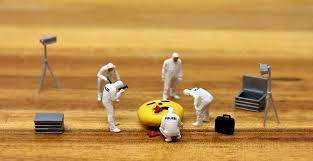Crime Classification Manual Part I Chapter 4 30

Crime Classification Manual Part I Chapter 4 30 A STANDARD SYSTEM FOR INVESTIGATING AND CLASSIFYING VIOLENT CRIMES SECOND EDITION John E. Douglas, Ann W. Burgess, Allen G. Burgess, and Robert K. Ressler, Editors Murders meet the criteria of this item if evidence demonstrates that the victim was helpless and recognized death as destiny. Such cases arise more often in stabbings, where death is not instantaneous. However, there are gun homicides in which the victim clearly experienced terror, helplessness, and anticipation of impending death or serious injury. To that end, stranglings and drownings invariably meet criteria for this item, as do deaths that follow periods of restraint or torture. Attacks which occur in the course of a person being overwhelmed, restrained, and forced to anticipate death meet criteria for this item. Arson and terror attacks may expose many to carnage and their own vulnerability to instant death. Such reactions in survivors, and in ...
















